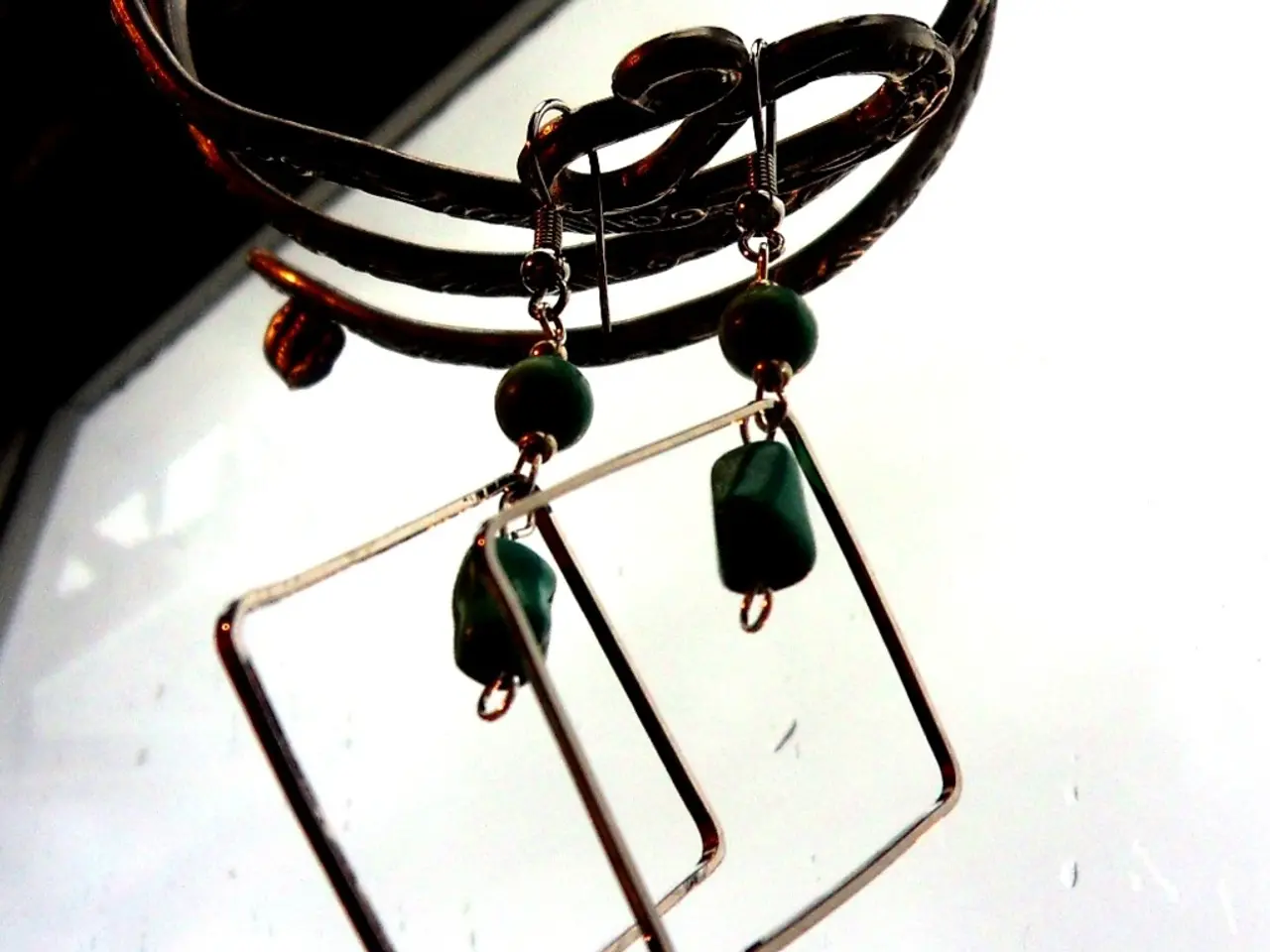Eczema on the scalp: Recognizable indications, medical care, and natural solutions
Seborrheic dermatitis, a type of eczema that primarily affects the scalp, is a common skin condition that affects up to 30% of the general population. This condition is characterised by inflammation, redness, and the presence of flaky skin.
Though the exact cause of seborrheic dermatitis remains incompletely understood, it is believed to be a multifactorial condition. Contributing factors include the Malassezia yeast, sebaceous gland activity, hormonal and genetic factors, stress, and environmental triggers.
The Malassezia yeast, a naturally occurring yeast on the skin, is strongly implicated in the development of seborrheic dermatitis. This yeast metabolizes sebum into irritating fatty acids, triggering an inflammatory response and leading to scaling and redness. Factors such as hormonal fluctuations, increased sebum production, and genetic predisposition can heighten sensitivity to Malassezia, contributing to the condition.
In infants, seborrheic dermatitis is often manifested as cradle cap, characterised by the presence of oily, yellowish scales on the baby's scalp. This is caused by the overproduction of sebum, stimulated by maternal hormones.
Treatment for seborrheic dermatitis typically involves the use of topical products that reduce the growth of the yeast, calm inflammation, and remove flakiness. This may include antifungal creams, sprays, or scalp treatments, as well as corticosteroids for more severe cases. Interestingly, most prescription products for seborrheic dermatitis contain ingredients that can be purchased over the counter, such as coal tar, sulfur, and salicylic acid.
For very severe cases, doctors may prescribe oral antifungal medication. It is important to note that these medications are not corticosteroid-based and can be used for longer periods.
Prevention methods for scalp eczema are not definitively recommended, but maintaining good skin care is the first step. This includes using gentle, pH-balanced shampoos. Avoiding contact with harsh soaps, chemicals, or solvents, protecting the head in cold or dry weather, using a humidifier, washing the scalp after exercise, reducing and managing stress levels, and receiving treatment for any medical conditions that increase the risk of seborrheic dermatitis can also help reduce the risk of flare-ups.
It is crucial to get a diagnosis for scalp eczema to rule out other conditions that can cause an inflamed or flaky rash, such as psoriasis. Dandruff and seborrheic dermatitis may be part of the same disease process and exist on a continuum.
In conclusion, seborrheic dermatitis is a complex condition that involves a combination of genetic, environmental, and physiological factors. By understanding its causes and adopting appropriate treatment and prevention strategies, individuals can effectively manage this common skin condition.
- Seekers of solutions for seborrheic dermatitis, a prevalent skin condition, might discover that the Malassezia yeast plays a significant role in its development.
- Predictive studies suggest that hormonal fluctuations, increased sebum production, and genetic predisposition can heighten sensitivity to the Malassezia yeast.
- Entity-wise, seborrheic dermatitis is characterized by inflammation, redness, and the presence of flaky skin, often manifesting as cradle cap in infants.
- Eczema-sufferers seeking tratament may find relief in topical products with antifungal properties, such as creams, sprays, or scalp treatments.
- For some individuals battling severe scalp eczema, doctors might suggest oral antifungal medication, which can be used for extended periods.
- Psoriasis, another medical-condition, can cause an inflamed or flaky rash similar to seborrheic dermatitis, making a correct diagnosis essential.
- Obesity, stress, and poor lung health could potentially increase the risk of seborrheic dermatitis, along with other neurological-disorders like Alzheimer's, depression, and migraine.
- Entity-wise, lung disease, HIV, cancer, and breast disease are amongst the medical-conditions that might increase the risk of seborrheic dermatitis.
- Haircare enthusiasts can lower the risk of seborrheic dermatitis flare-ups by using gentle, pH-balanced shampoos and avoiding harsh soaps, chemicals, or solvents.
- Taking AQ (atrazone quinine) or HST (hydroxyurea) may help manage medical-conditions that increase the risk of seborrheic dermatitis, as these drugs are effective for spondylitis and certain types of cancer.
- Personas experiencing ankylosing spondylitis, arthritis, or obesity might benefit from health-and-wellness practices aimed at improving lung health, which can help manage seborrheic dermatitis.
- Ad Campaigns targeting switchers – individuals who are dissatisfied with their current seborrheic dermatitis treatments – could promote the benefits of migraine, depression, HIV, breast disease, and lung-health medications.
- Science-based studies have reported a correlation between seborrheic dermatitis and skin-care issues like dandruff and eczema, emphasizing the importance of holistic treatment and care.
- Medical professionals might advise their patients to maintain a healthy skin-care routine to mitigate the risk of seborrheic dermatitis, including washing the scalp after exercise and using a humidifier.
- Individuals impacted by seborrheic dermatitis or other medical-conditions that increase the risk of this condition may benefit from seeking advice from medical experts in the field of health-and-wellness.




